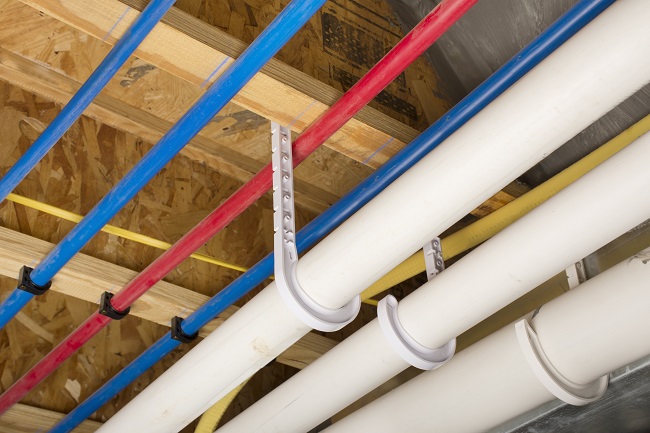What Causes Frozen Pipes and What to Do About Them
A common plumbing problem is damage that is caused by a frozen pipe. Frozen pipes usually lead to extreme flooding. During the winter, water in the pipe can freeze. When water freezes, it expands. This may lead to a hole or even a long crack along the length of the pipe. During the remainder of the winter, the ice and frost may prevent any damaging from occurring. The real problem occurs later on. When the water temperature subsequently warms up during the spring, water pressure now caused by water flowing through the pipe can cause the hole to expand and the pipe to burst. This can lead to a massive flood.

To avoid pipes getting frozen, make sure your pipes are insulated so that they are protected from the cold. Keeping your sink or shower open to let a trickle through will keep pressure flowing in the pipes and prevent them from freezing.
Frozen pipe repair should not be pushed off. However, most pipes are covered by the walls or are located underground, and it can be difficult to know if a pipe is frozen.
However, if you see that your water flow is slowing down — for example, the toilet tanks take longer than usual to refill after being emptied out, then the pipes may very well be frozen. In such a case, you should shut off the water supply before you attempt to thaw the pipe. This is so as to prevent any further damage.
If the pipe is still frozen, it will need to be thawed first. A professional will be able to do this for you. If your frozen pipe has already burst, then you need to cut off the water supply and call a professional so that you can have the pipe replaced.
Feel free to contact us for professional help.
